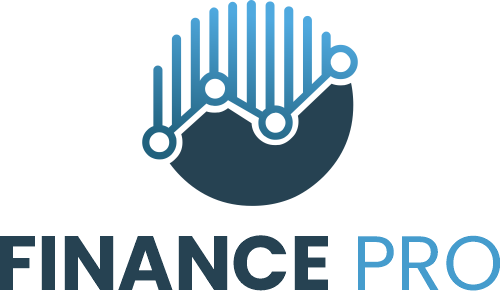What Is Structured Finance?
Structured finance addresses the complex financing needs that traditional financial products cannot meet. Targeted at large institutions and corporations, it involves securitization to form elaborate financial instruments like CDOs and CDSs. Gaining traction since the 1980s, structured finance enables companies to manage risk and enhance market growth.
Collateralized debt obligations (CDOs), credit default swaps (CDSs), synthetic financial instruments, collateralized bond obligations (CBOs), and syndicated loans are all examples of structured finance instruments.
Key Takeaways
- Structured finance is designed for companies or institutions with complex financing needs that can’t be addressed by conventional loans.
- This type of finance involves creating asset pools and securitization to form complex financial instruments.
- Common structured finance products include collateralized debt obligations (CDOs) and credit default swaps (CDSs).
- Structured finance is used to manage risks and remove specific assets from balance sheets.
- Securitization aids in liquidity and provides alternate funding options by transforming cash flows.
Michela Buttignol / Investopedia
How Structured Finance Works
Structured finance is typically used by borrowers—mostly extensive corporations—that have highly specific needs that a simple loan or another conventional financial instrument will not satisfy. An example of a situation in which a corporation might look to structured finance is if it is seeking to borrow a significant sum of money or raise capital for a specific purpose.
In most cases, structured finance involves one or several discretionary transactions to be completed; as a result, evolved and often risky instruments must be implemented. As such, the core principle of structured finance is securitization of assets and asset pools.
Advantages of Structured Finance for Businesses
Structured financial products are typically not offered by traditional lenders. Generally, because structured finance is required for major capital injection into a business or organization, investors are required to provide such financing. Structured financial products are almost always nontransferable, meaning that they cannot be shifted between various types of debt in the same way that a standard loan can.
Increasingly, structured financing and securitization are used by corporations, governments, and financial intermediaries to manage risk, develop financial markets, expand business reach, and design new funding instruments for advancing, evolving, and complex emerging markets. For these entities, using structured financing transforms cash flows and reshapes the liquidity of financial portfolios, in part by transferring risk from sellers to buyers of the structured products. Structured finance mechanisms have also been used to help financial institutions remove specific assets from their balance sheets.
Key Types of Structured Finance Products
When a standard loan is not sufficient to cover the unique transactions dictated by a corporation’s specific operational needs, a number of structured finance products may be implemented. In addition to CDOs and CBOs, collateralized mortgage obligations (CMOs), credit default swaps (CDSs), and hybrid securities are often used, blending debt and equity elements.
Securitization creates financial instruments by combining assets, leading to CDOs, asset-backed securities (ABSs), and credit-linked notes (CLNs). Different tiers of these instruments are then sold to investors. Securitization boosts liquidity and helps develop structured financial products for qualified businesses. Securitization offers benefits like cheaper funding and better use of capital.
Mortgage-backed securities (MBSs) are a model example of securitization and its risk-transferring utility. Mortgages may be grouped into one large pool, leaving the issuer the opportunity to divide the pool into pieces that are based on the risk of default inherent to each mortgage. The smaller pieces may then be sold to investors.
What Does Structured Finance Involve?
Structured finance most often involves one or several discretionary transactions to be completed. Evolved and often risky instruments must be implemented as a result.
What Is Structured Finance Used for?
Structured financing and securitization are increasingly used to manage risk, develop financial markets, expand business reach, and design new funding instruments for advancing, evolving, and complex emerging markets. They are also used to help financial institutions remove specific assets from their balance sheets.
What Are Some Types of Structured Finance Products?
Structured finance instruments can include:
- Asset-backed securities
- Collateralized bond obligations
- Collateralized debt obligations
- Collateralized mortgage obligations
- Credit default swaps
- Credit-linked notes
- Hybrid securities
- Mortgage-backed securities
- Syndicated loans
- Synthetic financial instruments
The Bottom Line
Structured finance provides a strategic solution for large companies with intricate financing requirements that typical loans and mortgages cannot address. By employing securitization, it allows for the pooling and transformation of assets into complex financial instruments.
This not only helps in managing risk but also in stimulating financial markets, especially in developing and emerging sectors. Key products in structured finance include collateralized debt obligations, collateralized bond obligations, credit default swaps, and syndicated loans. While traditional lenders may not offer these options, structured finance remains essential for corporations seeking significant capital injections or innovative funding mechanisms.

